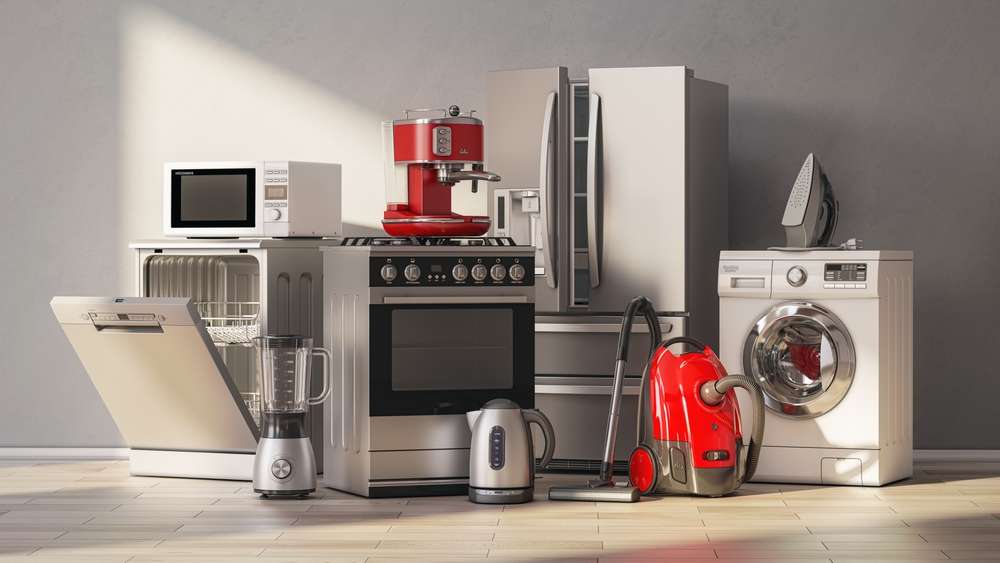Home Appliances: Choosing, Maintaining, and Saving Energy
Home appliances are essential parts of modern living, from refrigerators and washing machines to ovens and dishwashers. Choosing the right appliances affects energy use, household convenience, and long-term costs. This article explains how to select appliances, understand efficiency labels, keep devices running longer, and find repairs or recycling options in your area.

How to choose the right home appliances
Selecting appliances starts with assessing household needs and space. Consider capacity (for example, load size for washers or shelf space for refrigerators), installation requirements (venting, electrical supply, or gas hookups), and features that match your routine. Look for appliances with clear warranty terms and accessible service options. Read verified user reviews and manufacturer documentation to confirm reliability and support. For apartment living, measure doorways and available clearances to avoid delivery or installation issues.
What do energy ratings and efficiency labels mean
Energy labels provide an objective way to compare models based on standardized testing. Ratings typically indicate annual energy consumption or an efficiency class, helping estimate operational costs and environmental impact. When comparing appliances, check the label for estimated yearly energy use and, where available, water consumption for machines like dishwashers and washing machines. Higher-efficiency units often cost more up front but can save money over time through lower utility bills. Consider the expected lifespan of the appliance and your typical usage patterns when judging whether higher efficiency justifies the initial price.
How to maintain appliances to extend their lifespan
Routine maintenance reduces breakdowns and keeps appliances operating efficiently. Simple tasks include cleaning refrigerator coils, descaling kettles and coffee makers, cleaning dryer lint filters and ducts, and periodically running dishwasher cleaning cycles. Replace commonly worn parts such as water inlet hoses every few years and follow manufacturer service intervals for more complex appliances. Keep user manuals and serial numbers handy for warranty claims or service calls. Documenting maintenance dates and minor repairs helps track an appliance’s condition and can be useful if you sell or move.
How smart appliances change home convenience and energy use
Smart appliances add connectivity features like remote monitoring, scheduling, and energy-use reporting. These features can improve convenience—preheating ovens remotely or starting a washing cycle during off-peak electricity hours—but they also raise considerations about data privacy and software updates. When choosing a smart appliance, check whether the manufacturer provides regular firmware updates, supports standard home automation platforms, and offers clear privacy policies. Smart features can help reduce energy use if used deliberately (for example, scheduling heavy loads at lower-rate periods), but they do not replace basic efficiency characteristics of the appliance.
Where to find repairs, warranties, and recycling services
For repairs and warranties, start with the manufacturer and authorized service centers; they often offer certified parts and trained technicians. If warranty coverage has lapsed, local services and independent appliance repair shops can be more cost-effective for common fixes. When replacing appliances, look for retailers and local services that offer haul-away and recycling; many appliances contain refrigerants or hazardous components that require professional handling. Check municipal recycling programs or certified e-waste recyclers in your area to ensure safe disposal and potential rebates.
Practical considerations for costs and replacement planning
While this article does not include specific price comparisons, practical budgeting helps when replacing or buying appliances. Typical considerations include initial purchase price, estimated operating costs (energy and water), installation fees, and potential maintenance or repair costs over the product’s expected life. Warranties and service contracts can affect total ownership costs, especially for higher-end appliances. When evaluating replacement timing, balance repair cost versus expected remaining lifetime; sometimes modest repairs are sensible, while in other cases replacement with a more efficient model is more economical.
Conclusion
Choosing and maintaining home appliances requires balancing immediate needs, long-term operating costs, and environmental considerations. Understanding energy labels, performing regular maintenance, and using reputable repair and recycling services can extend appliance life and reduce overall impact. Thoughtful selection—aligned with household size, space, and usage—helps ensure appliances meet daily needs reliably and efficiently.






